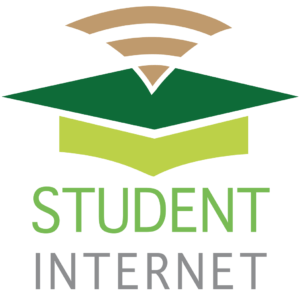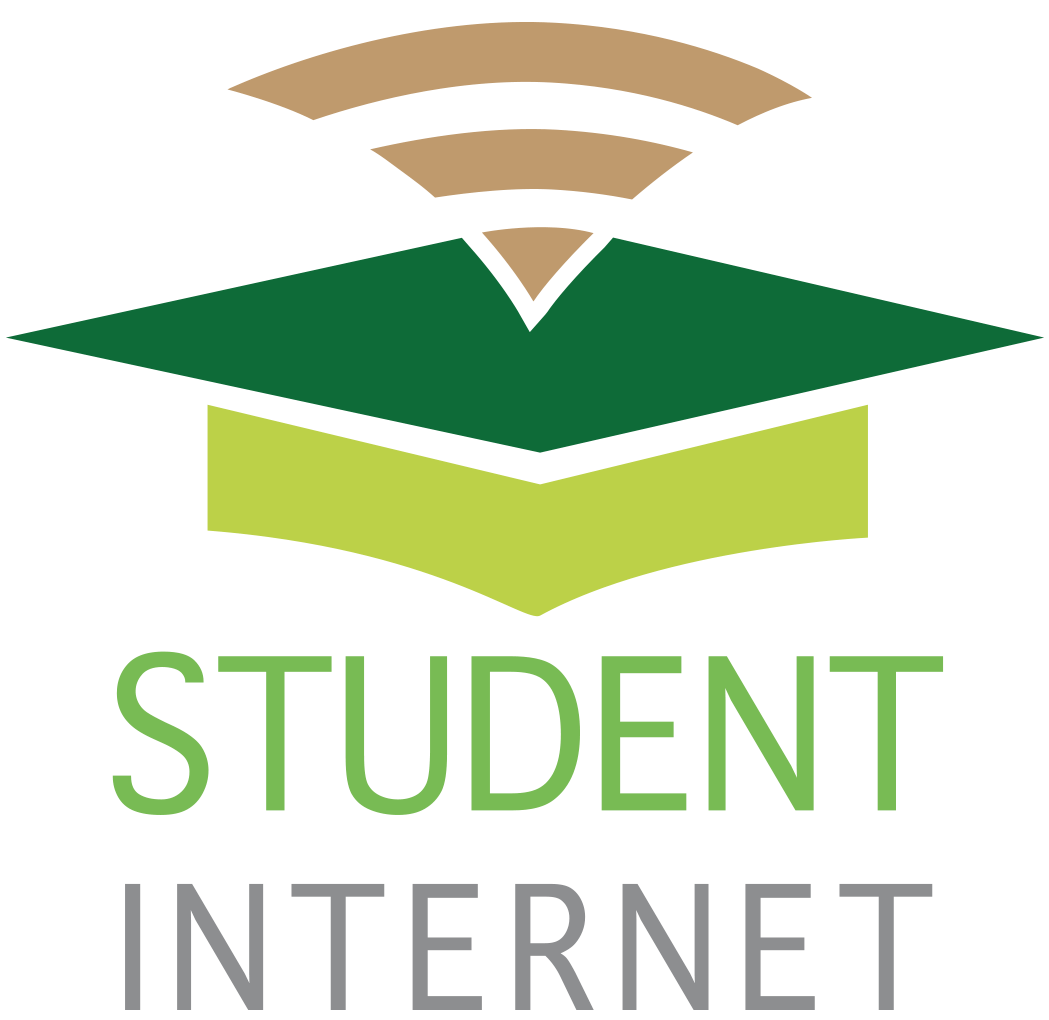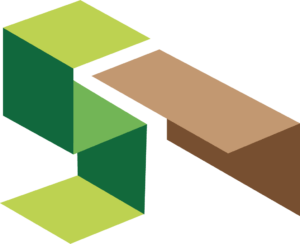Technical Matters
Getting a little technical about broadband and Wi-Fi.
Broadband is defined as a data connection to the Internet.
The five common broadband technologies are ADSL, FTTC, FTTP, Coax Fibre and Leased Line.
Never confuse Broadband with Wi-Fi. Wi-Fi is a wireless networking technology that uses radio waves to provide Internet and network connections. Wi-Fi commonly sits alongside a wired Ethernet network. Every laptop, tablet and smartphone come with Wi-Fi technology built in. Desktop PC’s, many laptop PC’s, SMART TV’s and game-stations have Ethernet connections built into them. An Ethernet connection will provide a direct wired link to the router and is always preferable for its speed and stability over Wi-Fi.
Student Internet supply all five of these broadband types and, as the availability of these technologies is a real example of postcode lottery, determines what option is available for deployment at any given address.
ADSL (2+) is now the most common type of copper Digital Subscriber Line. It is also the only one of the five technologies that can pretty much be guaranteed to be available to every UK address. Each ADSL2+ circuit leaves the BT Openreach 21CN exchange at 20Mb/s losing speed as it travels (or attenuates) over distance. It is still not uncommon in 2018 to find properties even in heavily built up residential areas where the speed, or bandwidth to accurately describe it, is as low as 1.5Mb/s at the Router in the property to be connected.
FTTC is the BT Openreach “fix” to provide “High Speed” broadband more widely. FTTC stands for Fibre To The Cabinet i.e. Openreach lay fibre cables to BT’s new green cabinets. Two common products are offered from the cabinet 40/10 and 80/20 VDSL where the first number is the download speed and the second is the upload speed. From the fibre cabinet the broadband circuit is connected to BT’s conventional copper telephone cable cabinet which brings the broadband circuit to the property. The signal attenuates over the copper line which means an 80Mb/s circuit will be less than this by the time it reaches the router but the proximity of the cabinets to the premises they service means they are always a better option than ADSL if the option for both exists.
Openreach FTTC is not currently available everywhere e.g. Coventry city centre, numerous business parks and miscellaneous urban residential areas. Businesses are often able however to purchase either dedicated Leased Lines or, in some cases FTTC from alternative ISPs who have network present in the area. Student Internet can advise on the options.
FTTP is Fibre To The Premises. This technology remains new and has the effect of eliminating the old copper cables from the equation by providing a fibre connection all the way from the BT Exchange to the premises modem/router. It means the circuit we order e.g. 330Mb, the fastest current BT FTTP offering, is the speed of the circuit that is delivered to the premises. FTTP is likely to remain fairly rare for some time but we have built one full student block of over 100 apartments with this technology successfully.
Coax Fibre is Virgin Media Business’s (VMB) primary offering and has good speed and stability. Fibre is connected to the VMB Cabinet and the broadband service at the premises is then connected by a resilient coaxial cable. The fastest circuits now download at more than 350Mb/s with upload speeds of up to 20Mb/s.
All of the above “options” are asymmetric, which means download and upload speeds for a circuit are different.
The speed of your Broadband product directly affects how much data you can download and upload in any one second interval.
Leased Line is a direct fibre connection between the service providers exchange equipment and the premises. The three primary characteristics of Leased Lines are a) it is uncontended i.e. you do not share your service with anyone else meaning the speed at the modem/router is very stable 24 hours a day 365 days a year b) it is a synchronous circuit i.e. you get the same speed for Upload as Download. This is not important for streaming or viewing websites but is important for gaming or, in particular video calls where the upload audio visual circuit demand is exactly the same as the download c) Cost. Leased Lines are expensive compared to the other technologies and have a long term contract commitment which need to be considered if you want to avoid a high installation cost on top of the high circuit rental.
Wi-Fi – Good Wi-Fi is critical to most end users. You need to start with the best broadband bandwidth (speed) possible at the router and from here it will be possible to transmit a Wi-Fi signal. Routers come in all sizes and costs and have a big influence on the Wi-Fi performance including Wi-Fi range and the number of devices that can be managed by the router simultaneously. All routers currently support a Wi-Fi signal transmission at 2.4Ghz and some also support 5Ghz. 5Ghz is faster but the range is less and not all laptops and network devices can work at 5Ghz.
If a building has more than a handful of end users the network needs high end routers, gigabit switches and Wi-Fi access points as they will have a lot of IP addresses to hand out and multiple devices requesting simultaneous service.
Walls, Windows and Doors (Fire Doors in particular) rapidly slow down, or block, Wi-Fi signals from moving around a building. Modern Buildings with steel frame construction and modern sound and insulation standards are also a problem for Wi-Fi. The solution is an Ethernet cable network. Cables radiate out from a common network collection point to Wi-Fi Access Points where devices, that can be thought of as slave routers are deployed to communicate with end-users’ devices. It is essential that new or redeveloped buildings consider how Wi-Fi will work throughout the property.
Student Internet are always delighted to work with Architects. Developers, Landlords and Managing Agents to deploy Wi-Fi and Ethernet network solutions. We will design and build, operate and maintain a network that best services the end-users needs. Please do not hesitate to contact us if you think we might be able to help.
Student Internet
April 2018
For students living off-campus Student Internet offer a fully managed broadband solution to students, managing agents and landlords.
For more information:
Telephone on:
01926 298 866
Email us at: enquiries@student-internet.co.uk

Student Internet Warwick | Student Internet Leamington | Student Internet Coventry | Student Internet Kenilworth | Student Broadband Warwick | Student Broadband Leamington | Student Broadband Coventry | Student Broadband Kenilworth

